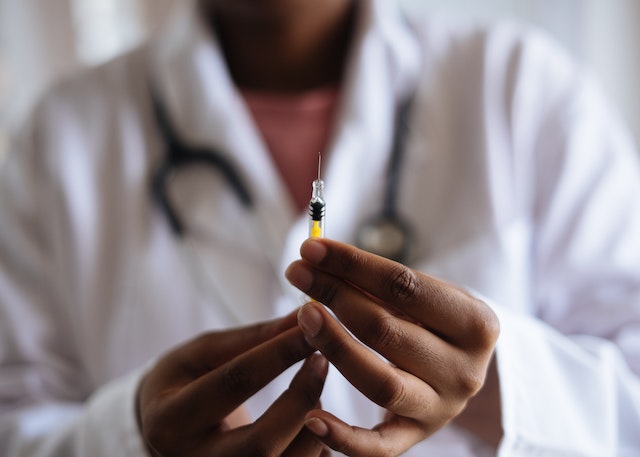Tuberculosis (TB), a formidable infectious disease that has plagued humanity for centuries, continues to pose a significant global health challenge. Recent statistics shed light on the persistently rising rates of TB and emphasize the need for renewed efforts to combat this ancient scourge.
According to the latest data from the World Health Organization (WHO), an estimated 10 million people fell ill with TB in 2022, representing a 2% increase compared to the previous year. This increase, although modest, underscores the persistent nature of the disease and the obstacles faced in its eradication.
A closer examination of the statistics reveals several concerning trends. In particular, certain regions continue to bear the brunt of the TB burden. The WHO’s Africa and Southeast Asia regions accounted for approximately 83% of all reported cases worldwide. These figures highlight the urgent need for targeted interventions and increased investment in healthcare systems in these regions.
Furthermore, drug-resistant tuberculosis (DR-TB) poses an additional challenge in the fight against the disease. In 2022, an estimated 580,000 people developed DR-TB, including 12% who had extensively drug-resistant TB (XDR-TB). These drug-resistant strains of the disease not only complicate treatment but also increase the risk of transmission, emphasizing the need for robust surveillance and specialized care.
The COVID-19 pandemic has further exacerbated the TB crisis. Disruptions in healthcare services, lockdown measures, and diversion of resources have hampered TB diagnosis, treatment, and prevention efforts. Preliminary data suggests that the pandemic might have resulted in an additional 400,000 TB deaths in 2022, further highlighting the interconnectedness of global health challenges.
Despite these challenges, progress has been made in the fight against TB. The global treatment success rate for TB reached an impressive 85% in 2022, demonstrating the effectiveness of comprehensive treatment programs when adequately implemented. Additionally, increased investment in research and development has yielded promising advancements in diagnostics, vaccines, and treatment regimens, offering hope for improved outcomes in the future.
Addressing the rising TB rates requires a comprehensive and coordinated approach. First and foremost, there is an urgent need for increased political commitment and funding to strengthen healthcare systems and ensure access to quality care for all. This includes investments in laboratory infrastructure, training healthcare workers, and expanding access to effective diagnostic tools and drugs.
Community engagement plays a vital role in TB control. By empowering communities, promoting awareness, and reducing stigma associated with the disease, it becomes possible to enhance case detection, improve treatment adherence, and prevent transmission.
Furthermore, collaboration among countries, international organizations, and research institutions is critical in sharing best practices, knowledge, and resources. By fostering partnerships, we can accelerate progress in research and development, facilitating the discovery of more effective diagnostics, novel drugs, and an eventual TB vaccine.
The rising TB rates call for immediate action and sustained commitment from all stakeholders. It is essential that governments, international organizations, and civil society organizations work together to strengthen healthcare systems, improve access to quality care, and address the socioeconomic factors that contribute to the persistence of TB.
In conclusion, the rising rates of tuberculosis represent an ongoing global health challenge that demands our attention. By understanding the latest statistics, recognizing the obstacles faced, and implementing comprehensive strategies, we can make significant strides in combating this ancient disease. The fight against TB requires a collective effort, rooted in political commitment, robust healthcare systems, and innovative research, to ensure a healthier future for all.










